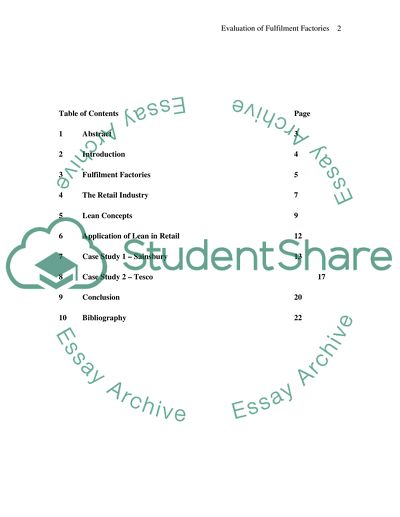Cite this document
(Fulfilment Factories and Modern Retail Methods Article, n.d.)
Fulfilment Factories and Modern Retail Methods Article. Retrieved from https://studentshare.org/e-commerce/1709377-evaluate-the-use-of-fulfilment-factories-in-modern-retail-network
Fulfilment Factories and Modern Retail Methods Article. Retrieved from https://studentshare.org/e-commerce/1709377-evaluate-the-use-of-fulfilment-factories-in-modern-retail-network
(Fulfilment Factories and Modern Retail Methods Article)
Fulfilment Factories and Modern Retail Methods Article. https://studentshare.org/e-commerce/1709377-evaluate-the-use-of-fulfilment-factories-in-modern-retail-network.
Fulfilment Factories and Modern Retail Methods Article. https://studentshare.org/e-commerce/1709377-evaluate-the-use-of-fulfilment-factories-in-modern-retail-network.
“Fulfilment Factories and Modern Retail Methods Article”, n.d. https://studentshare.org/e-commerce/1709377-evaluate-the-use-of-fulfilment-factories-in-modern-retail-network.


